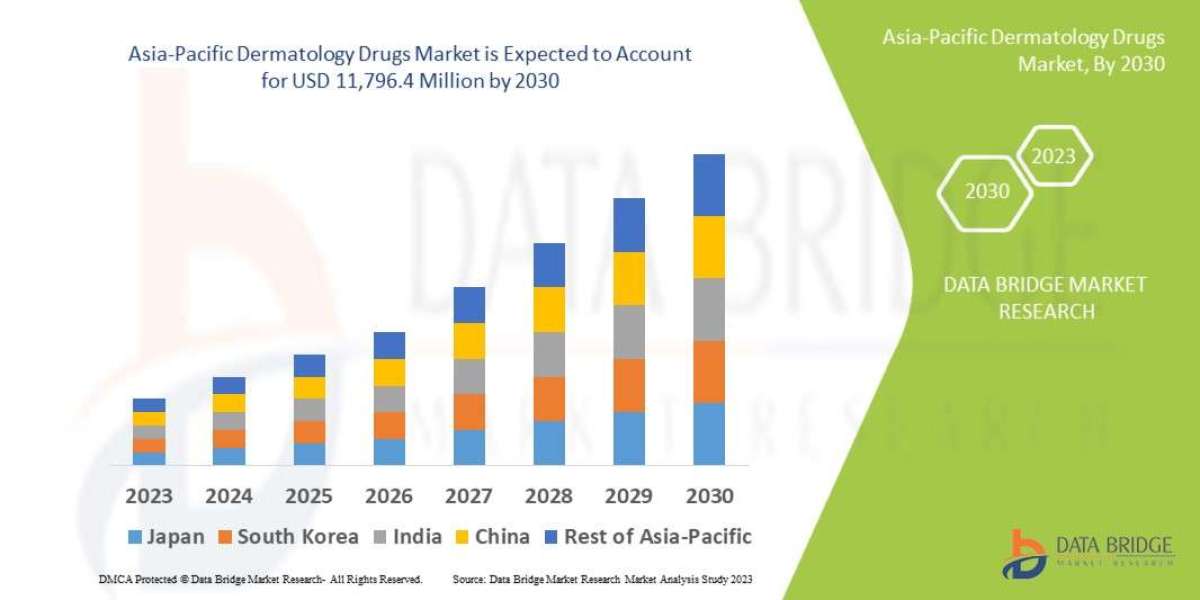CNC machining evolved from manual machining to digitally controlled systems that revolutionized manufacturing.
Its development spans from the 1940s military research to today’s 5-axis, AI-integrated automation in industries worldwide.
When Did CNC Machining Begin?
The foundation of CNC machining began in the late 1940s with U.S. Air Force-funded research at MIT.
The goal was to automate complex part production for aircraft components using punched tape systems.
1949: John T. Parsons pioneered numerical control (NC) for aerospace parts
1952: MIT built the first NC milling machine using a punched tape reader
1958: The U.S. Air Force deployed NC machines for military production
What Was the First Generation of CNC Machines?
First-generation CNC machines used hard-wired logic and punched tape for motion control.
These early systems were slow, complex to program, and lacked flexibility.
Characteristics of early NC systems:
Control method: Punched cards or tape
Material capabilities: Mostly aluminum and steel
Operation type: Manual setup, semi-automated motion
Limitations: No real-time feedback or closed-loop control
How Did CNC Technology Advance in the 1970s–1980s?
During the 1970s and 1980s, CNC machines integrated microprocessors and real-time feedback systems.
Key milestones:
| Year | Advancement | Impact |
|---|---|---|
| 1971 | Intel launched the 4004 chip | Enabled microprocessor-based controllers |
| 1976 | First CAD/CAM integration | Streamlined design-to-manufacture flow |
| 1980s | Servo motors and PLCs adopted | Allowed real-time closed-loop feedback |
| 1985 | DNC systems introduced | Enabled centralized machine programming |
How Did CNC Machining Evolve in the 1990s?
In the 1990s, CNC systems gained PC-based control, multitasking, and network connectivity.
Key developments:
Windows-based CNC interfaces: Easier programming and visualization
5-axis machining systems: Supported complex geometries in aerospace
CAM software improvements: Increased toolpath accuracy
Integration with ERP/MRP systems: Improved manufacturing logistics
Example:
Mazak and Haas introduced machines with conversational programming and multitasking centers.
What Innovations Defined CNC Machining in the 2000s?
From 2000 onwards, CNC machining adopted IoT, automation, and hybrid processes.
Defining innovations:
Direct numerical control (DNC): Enabled centralized programming
Automatic tool changers (ATC): Reduced downtime significantly
Touch probes and lasers: Enhanced in-process inspection
CNC lathes with milling heads: Allowed one-setup part production
Result:
Shops reduced lead time, improved quality, and produced complex parts with minimal human input.
What Is the Current State of CNC Machining?
Modern CNC machining integrates AI, real-time analytics, and additive-subtractive hybrid systems.
Current technologies:
Digital twin integration: Real-time simulation of machining processes
Machine learning: Predictive maintenance and adaptive cutting
5-axis simultaneous machining: Achieves precision in aerospace and medical parts
Hybrid CNC/3D machines: Combine additive and subtractive techniques
Example:
DMG MORI and Mazak now offer hybrid systems that include laser deposition and traditional milling.
How Has CNC Machining Impacted Manufacturing?
CNC machining has improved manufacturing productivity, flexibility, and scalability across all industries.
| Impact Area | CNC Contribution |
|---|---|
| Aerospace | Precision components with high reliability |
| Medical | Custom implants and surgical instruments |
| Automotive | Fast production of drivetrain and chassis parts |
| Tooling | Rapid production of dies, molds, and jigs |
| Defense | Reliable, repeatable parts for critical systems |
How Has CNC Machining Evolved Over 75 Years?
CNC machining evolved from manual tape-fed machines to fully automated AI-enhanced systems.
Timeline summary:
| Era | Key Change | Technology Introduced |
|---|---|---|
| 1940s–50s | Birth of numerical control | Punched tape, early servos |
| 1970s | Computer control and servos | Microprocessors, PLCs |
| 1980s | Software-driven machining | CAM, closed-loop systems |
| 1990s | 5-axis and PC control | Windows UI, multitasking CNCs |
| 2000s | Automation and sensors | ATC, probing, DNC networks |
| 2010–Now | AI and digitalization | IoT, digital twins, hybrid CNC |

